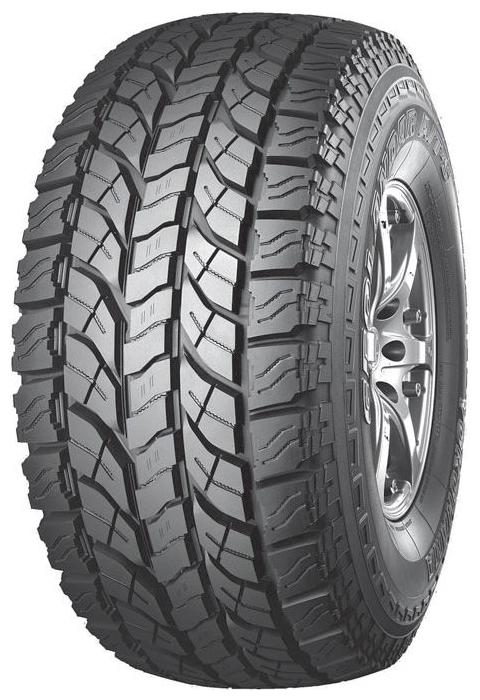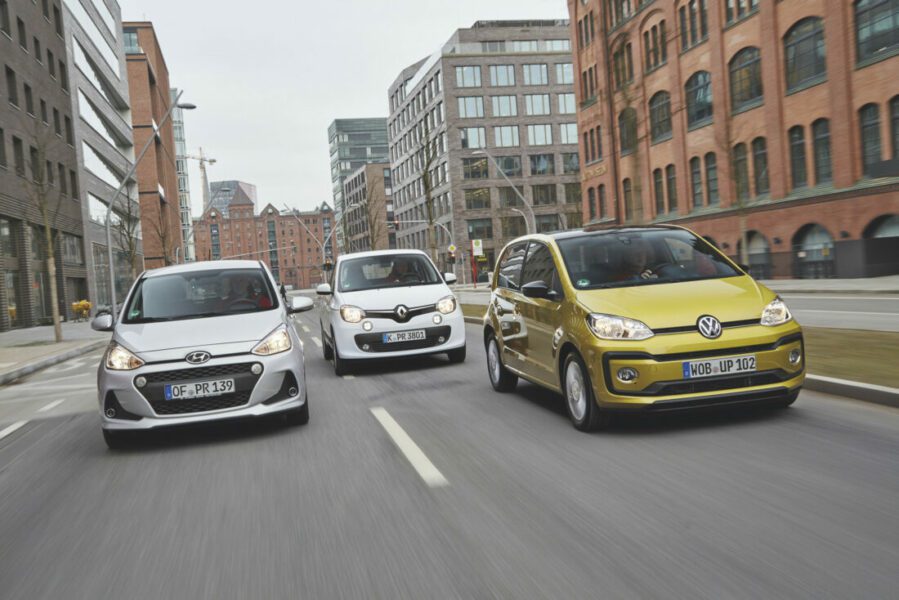
Comparison test: Hyundai i10, Renault Twingo, Toyota Aygo, Volkswagen Up!
Content
The rule was simple: mini-car class and five doors. We did something similar a few months ago when we combined Hyundai i10, VW Up! And Fiat Panda. The latter was way behind both, so we skipped it this time, and the difference between i10 and Up! It was small, so we invited both of them to fight Aygo and Twingo - also because Toyota and Renault represent a new generation of small cars that want to be something more than just a smaller version of their big brothers. i10 up! namely (the first is larger, the second is slightly smaller) are made exactly according to this recipe: to offer a small car that rides and makes you feel like you are in a (much) larger model. Twingo and Aigo are different here. They are for those who want a different car, for whom the "growing up" of a small car means almost nothing, especially the Twingo. So, we are faced with a dilemma: by what criteria to judge. But (at least) this time we approached them with the same requirements and criteria as we do with all cars.
4.Mesto: Toyota Aygo
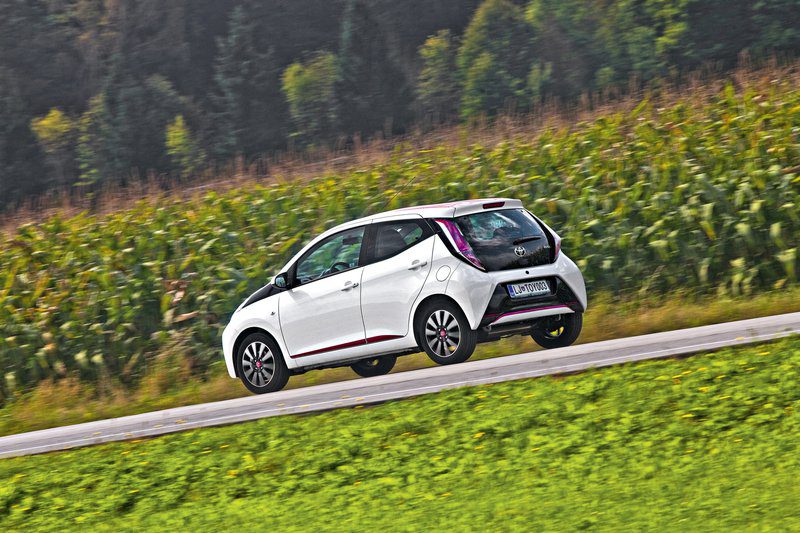 In the end, we kind of understand the Toyota strategists: why does a city car grow to size, if then driving along city streets ceases to be a pleasant experience? But usability criteria pushed the Ayga to last place, as it is among the four smallest inside (especially in the rear seats, when it could not even sit down by 180 centimeters!), And the trunk is even smaller than the Twingo. with an engine in the back! While we praised the standard lap (4,8 liters in total), the three-cylinder does not outperform in performance, ride and fuel consumption with the bolder accelerator pedal demanded by today's traffic flows. We liked the body color and shape, the ability to connect to a mobile phone, and slightly less poor visibility for the car and the lack of cruise control. Interestingly, the speed limiter did. Made in the Czech Republic, Aygo, which also has close relatives in the Peugeot 108 and Citroën C1, will undoubtedly be one of the girls' favorites. Hyundai i10 in VW Up! they are too serious, and the Twingo scares many with rear-wheel drive, although this is not necessary. Aygo lost the penultimate place by only a few points, which once again proves that there is more competition in the class.
In the end, we kind of understand the Toyota strategists: why does a city car grow to size, if then driving along city streets ceases to be a pleasant experience? But usability criteria pushed the Ayga to last place, as it is among the four smallest inside (especially in the rear seats, when it could not even sit down by 180 centimeters!), And the trunk is even smaller than the Twingo. with an engine in the back! While we praised the standard lap (4,8 liters in total), the three-cylinder does not outperform in performance, ride and fuel consumption with the bolder accelerator pedal demanded by today's traffic flows. We liked the body color and shape, the ability to connect to a mobile phone, and slightly less poor visibility for the car and the lack of cruise control. Interestingly, the speed limiter did. Made in the Czech Republic, Aygo, which also has close relatives in the Peugeot 108 and Citroën C1, will undoubtedly be one of the girls' favorites. Hyundai i10 in VW Up! they are too serious, and the Twingo scares many with rear-wheel drive, although this is not necessary. Aygo lost the penultimate place by only a few points, which once again proves that there is more competition in the class.
3rd place: Renault Twingo
 As with Aygo, this applies even more to Twingo: our rating system, our ratings and rules are designed for classic cars. Cars with a tachometer between the sensors, a car that should be quiet, smooth, as mature as possible. When we put Twing in the place of these requirements, he (like Aigo) received worse grades than he could because of this. For now, the fact that the tachometer is only available as a smartphone app cannot (yet) be considered a Twingo with such a counter. And the fact that it is louder and more durable removes more points in our assessment than a truly lively engine, fresh shape and youth. Not everyone has a smartphone.
As with Aygo, this applies even more to Twingo: our rating system, our ratings and rules are designed for classic cars. Cars with a tachometer between the sensors, a car that should be quiet, smooth, as mature as possible. When we put Twing in the place of these requirements, he (like Aigo) received worse grades than he could because of this. For now, the fact that the tachometer is only available as a smartphone app cannot (yet) be considered a Twingo with such a counter. And the fact that it is louder and more durable removes more points in our assessment than a truly lively engine, fresh shape and youth. Not everyone has a smartphone.
We are confident (and ready for it) that things will be different in the future. Otherwise: The Twingo's top rating was due to the hectic engine and excessive fuel consumption, and we didn't even like the gauges - we expected a more recent digital solution from such a machine. Therefore: if you want freshness and variety, you can't miss the Twingo (despite third place here) - especially if you opt for the weaker version with a 70-horsepower engine. And don't forget to choose enough bright colors and accessories!
2nd place: Volkswagen Up!
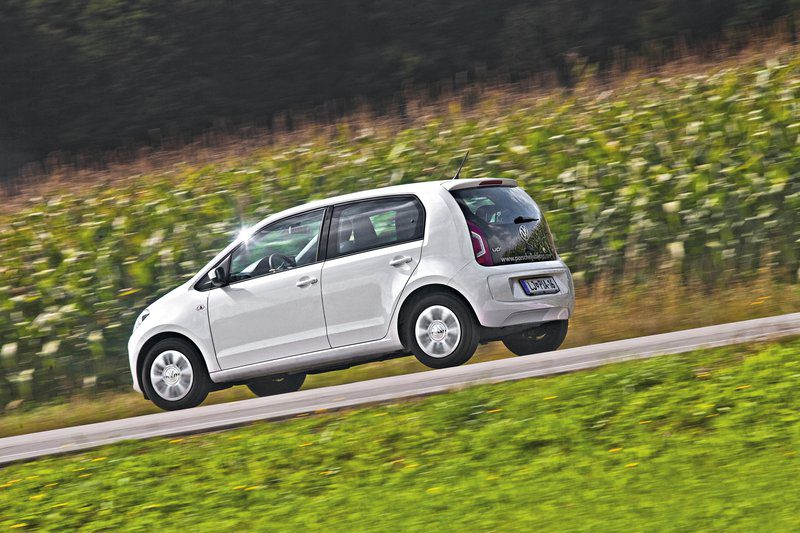 Up! According to Volkswagen, though it is small. Therefore, roominess is at the forefront (long-legged people will feel best in it), economy (as can be seen from the technical characteristics), safety (including automatic braking in the city), as well as a fairly classic design and good quality. Don't discourage potential clients because that would be too unusual. That VW has taken such a classic route is certainly not surprising or a disadvantage to them, as it is the fact that Up! in fact, he does not have those qualities that would cause really strong positive emotions, in VW he is perfectly balanced by the fact that he does not even have negative qualities that would discourage buying. At first glance, its interior is indeed a bit dull and classic, but of course Volkswagen knows that there are many customers who want just that. Carnival doesn't mean ill-equipped: gauges and radios are the simpler varieties, but because the dash is dominated by Garmin navigation, which is intimately familiar with car systems, it can not only make hands-free calls, but also play music and view rides. computer data. Perfect solution. When we add to all of this the (otherwise barely powerful enough) engine savings and price, we get it! a good choice. Hyundai won (compared to the previous comparison) with our new, stricter evaluation of the warranty conditions.
Up! According to Volkswagen, though it is small. Therefore, roominess is at the forefront (long-legged people will feel best in it), economy (as can be seen from the technical characteristics), safety (including automatic braking in the city), as well as a fairly classic design and good quality. Don't discourage potential clients because that would be too unusual. That VW has taken such a classic route is certainly not surprising or a disadvantage to them, as it is the fact that Up! in fact, he does not have those qualities that would cause really strong positive emotions, in VW he is perfectly balanced by the fact that he does not even have negative qualities that would discourage buying. At first glance, its interior is indeed a bit dull and classic, but of course Volkswagen knows that there are many customers who want just that. Carnival doesn't mean ill-equipped: gauges and radios are the simpler varieties, but because the dash is dominated by Garmin navigation, which is intimately familiar with car systems, it can not only make hands-free calls, but also play music and view rides. computer data. Perfect solution. When we add to all of this the (otherwise barely powerful enough) engine savings and price, we get it! a good choice. Hyundai won (compared to the previous comparison) with our new, stricter evaluation of the warranty conditions.
1.mesto: Hyundai i10
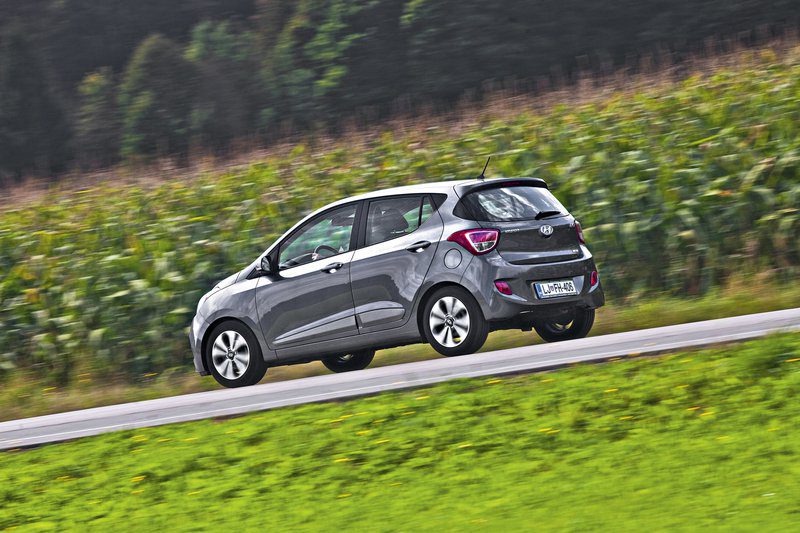 Interestingly, among the four rated Hyundai i10 was the most serious (some would even say boring) and the least modern in terms of connecting to a mobile phone and setting up electronic gadgets. But as a car and not an electronic toy, it shone: we sat perfectly in front thanks to perfect ergonomics, we had the best in the rear seats in the i10, it does not disappoint in the trunk. Of course, we deducted a few points for the lack of a (touch) larger center screen and gadgets, but due to the sleek four-cylinder engine, performance and predictable chassis performance, it scored enough points for the prestigious first place. among the kids. Of course, not without drawbacks: instead of heating the steering wheel, we would prefer parking sensors in the front, instead of leather seats, an automatic dual-zone air conditioning and especially daytime running lights (in LED technology, since only Up! There were no modern headlights) and at dusk the dimmed headlights and especially the rear lanterns. However, it provided most of the benefits through the warranty, as only Hyundai offers five years unlimited mileage and the same number of years of roadside assistance.
Interestingly, among the four rated Hyundai i10 was the most serious (some would even say boring) and the least modern in terms of connecting to a mobile phone and setting up electronic gadgets. But as a car and not an electronic toy, it shone: we sat perfectly in front thanks to perfect ergonomics, we had the best in the rear seats in the i10, it does not disappoint in the trunk. Of course, we deducted a few points for the lack of a (touch) larger center screen and gadgets, but due to the sleek four-cylinder engine, performance and predictable chassis performance, it scored enough points for the prestigious first place. among the kids. Of course, not without drawbacks: instead of heating the steering wheel, we would prefer parking sensors in the front, instead of leather seats, an automatic dual-zone air conditioning and especially daytime running lights (in LED technology, since only Up! There were no modern headlights) and at dusk the dimmed headlights and especially the rear lanterns. However, it provided most of the benefits through the warranty, as only Hyundai offers five years unlimited mileage and the same number of years of roadside assistance.
text: Dusan Lukic, Alyosha Mrak
о 1.0 VVT-i X-Play (2014)
Basic data
| Sales: | Toyota Adria Ltd. |
|---|---|
| Base model price: | 8.690 € |
| Test model cost: | 11.405 € |
| Calculate the cost of auto insurance | |
| Power: | 51kW (69 KM) |
| Acceleration (0-100 km / h): | 14,8 with |
| Maximum speed: | 160 km / h |
| Mixed flow ECE: | 4,1l / 100km |
Technical information
| engine: | 3-cylinder - 4-stroke - in-line - petrol - displacement 998 cm3 - maximum power 51 kW (69 hp) at 6.000 rpm - maximum torque 95 Nm at 4.300 rpm. |
|---|---|
| Energy transfer: | front wheel drive engine - 5-speed manual transmission - tires 165/60 R 15 H (Continental ContiEcoContact 5). |
| Capacity: | 160 km/h top speed - 0-100 km/h acceleration in 14,2 s - fuel consumption (ECE) 5,0/3,6/4,1 l/100 km, CO2 emissions 95 g/km. |
| Mass: | empty vehicle 855 kg - permissible gross weight 1.240 kg. |
| External dimensions: | length 3.455 mm - width 1.615 mm - height 1.460 mm - wheelbase 2.340 mm |
| Inner dimensions: | fuel tank 35 l |
| Box: | 168 |
Our measurements
| Measurement conditions: T = 17 ° C / p = 1.063 mbar / rel. vl. = 60% / odometer status: 1.911 km | |
| Acceleration 0-100km: | 14,8s |
|---|---|
| 402m from the city: | 19,7 years ( 114 km / h) |
| Flexibility 50-90km / h: | 17,7s (IV.) |
| Flexibility 80-120km / h: | 32,6s (V.) |
| Maximum speed: | 160km / h (V.) |
| Fuel consumption according to the standard scheme: | 4,8 l / 100km |
| Braking distance at 100 km / h: | 41,8m |
| AM table: | 40m |
Overall rating (258/420)
Exterior (13/15)
Interior (71/140)
Engine, transmission (42
/ 40)Driving performance (48
/ 95)Performance (16/35)
Security (29/45)
Economy (39/50)

